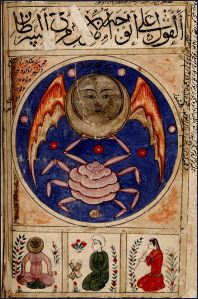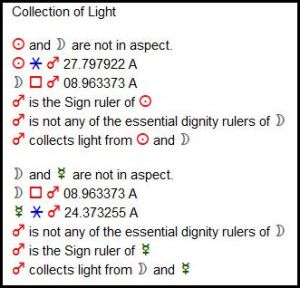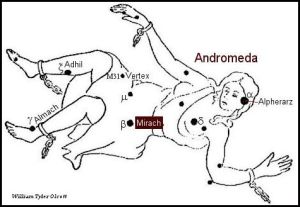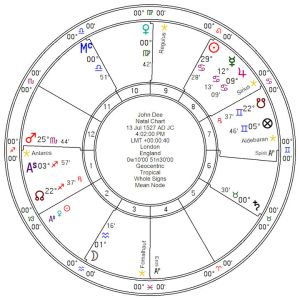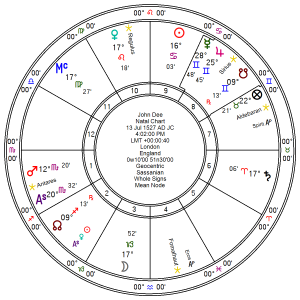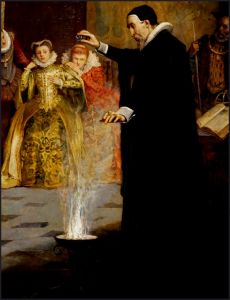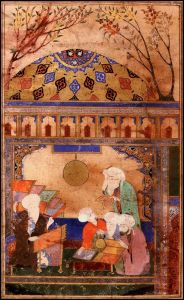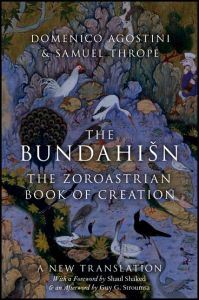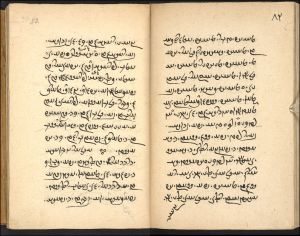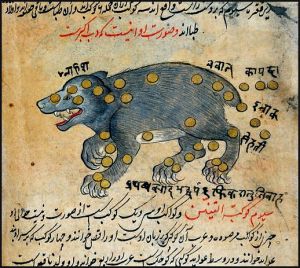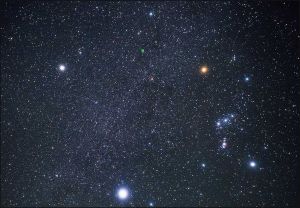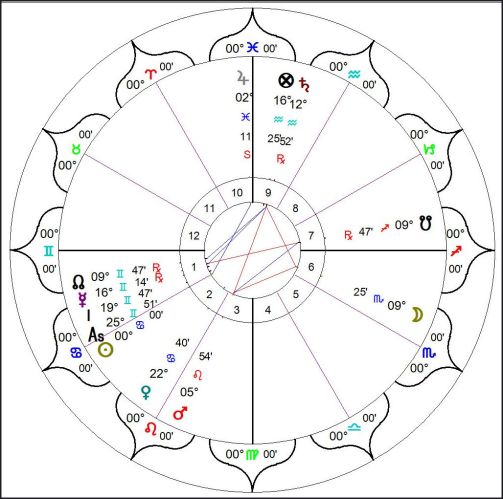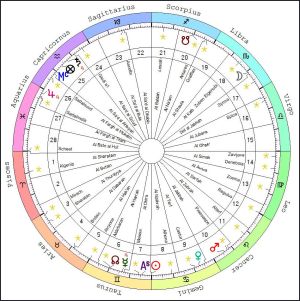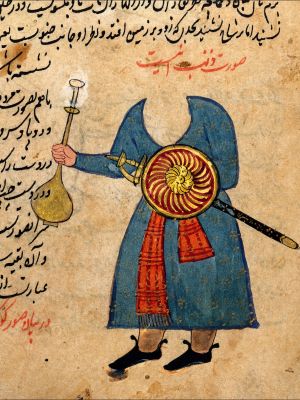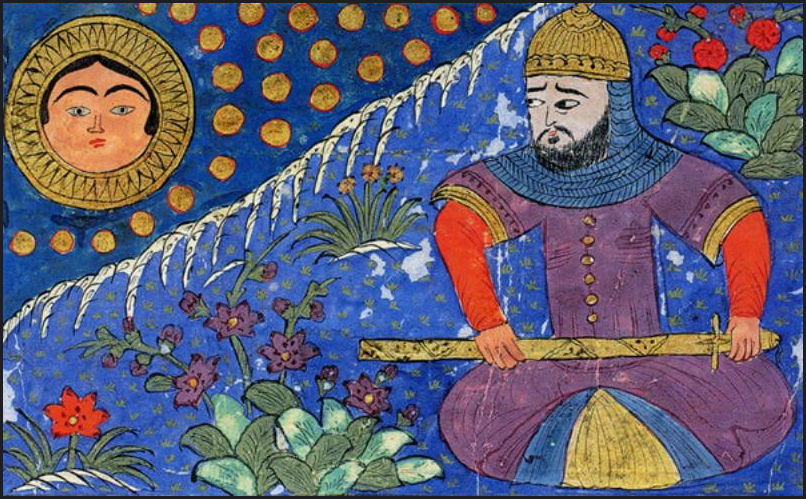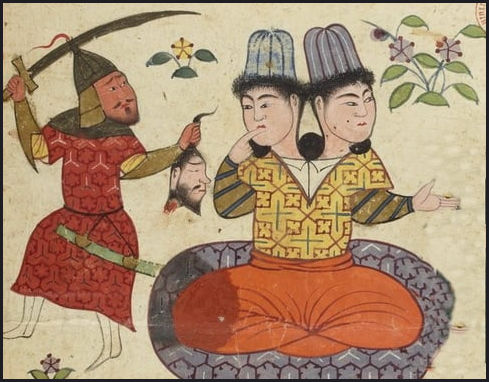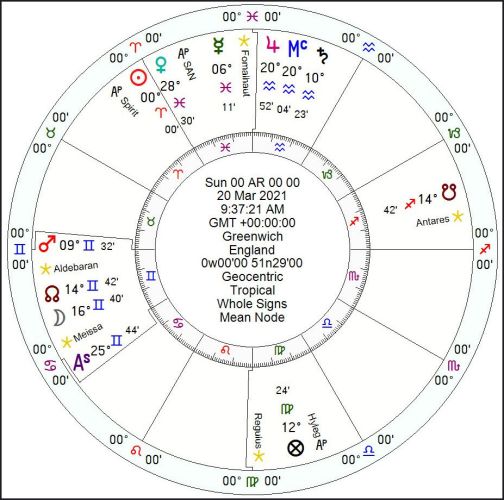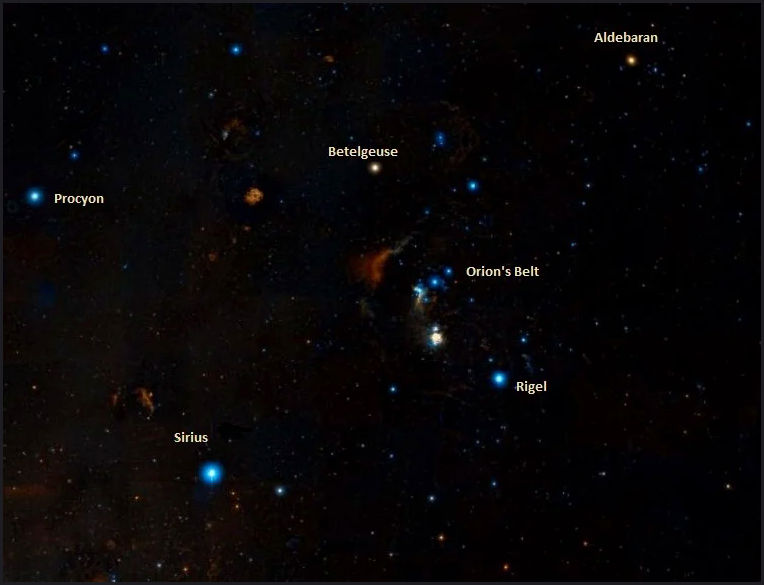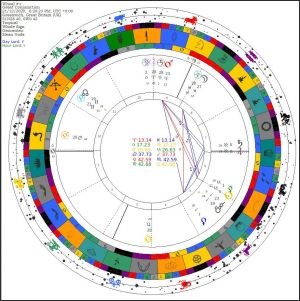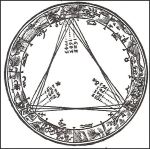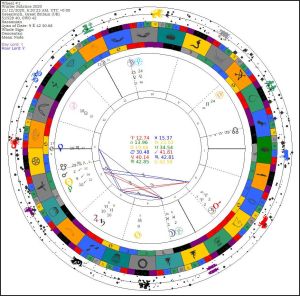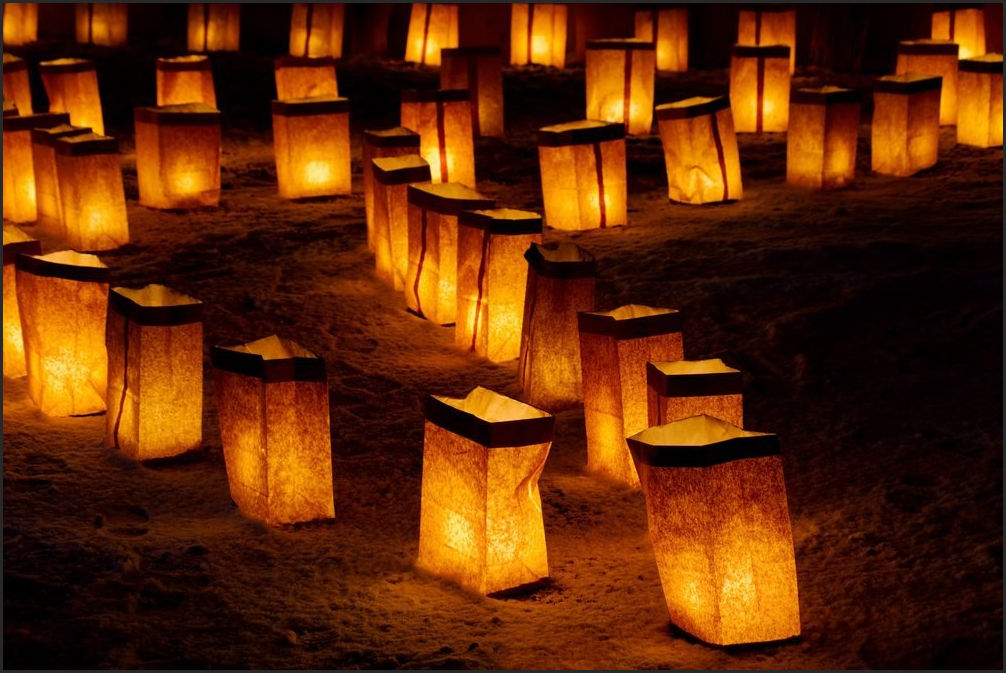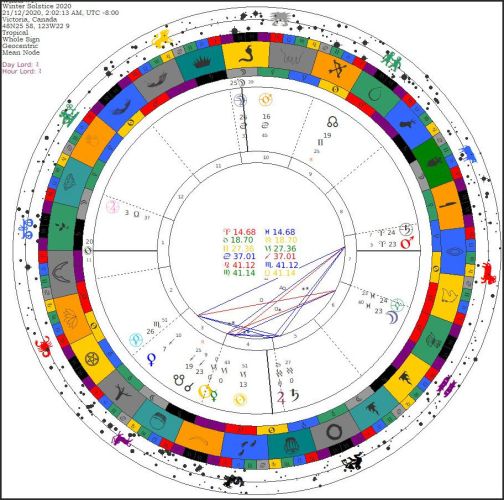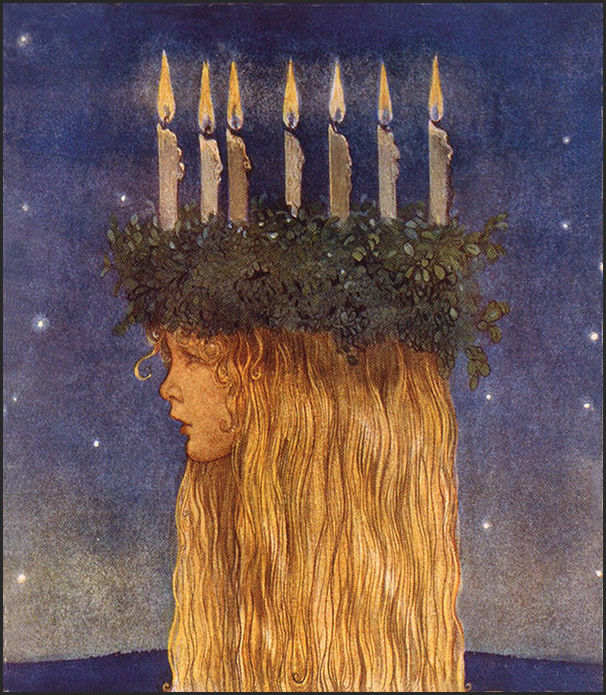The Solstices and Equinoxes are of great significance. For Mundane astrologers, they are consulted along with the ingress of the planets, eclipses and a variety of other elements, depending on exactly what is being sought.
The rule has it that Fixed Signs signify a longer period of the effect than Cardinal, and Mutable is even shorter. A Solstice or Equinox chart is valid for the season it heralds. Most obviously, each season is greeted by a different element. All are in Cardinal Signs. Cardinal initiates. Aries is Cardinal Fire and heralds the Spring, Libra heralds Autumn & Capricorn, Winter. Along with these markers of the seasons, there are some interesting elements that are seldom considered. For example. Capricorn is the Detriment of the Moon and Libra is the Fall of the Sun. Cancer is the domicile of the Moon, as Leo is the domicile of the Sun. The luminaries are considered to be Peregrine, so in all the aforementioned cases of the four divisions, there is always intrigue.
But first and foremost, these times are particularly powerful and should be greeted in the spirit of reverence and celebration, of conscious reception. This moment is a point in a much larger cycle. The Summer Solstice heralds not only Summer itself but the two Royal Signs – indicative of the Queen & King. The Sun and Moon rule only one sign each. These archetypes are particularly powerful and the Summer Solstice sparks celebrations all over the world. It’s also the great pivotal point between the waxing and waning light. Just as Winter Solstice is the longest night, Summer Solstice is the longest day. In a Celtic tradition, a flaming arrow was shot towards the Sun as it rose, adding fire to fire.
The Celts had eight major festivals and four of them coincided with the Equinoctial and Solstitial periods. The Summer Solstice is called Litha. It was a time of clearing, a time to banish evil spirits to make way for a celebration of the light at its zenith and assure an abundant harvest. Feasting, music, and dancing took place. Bonfires were lit in celebration.
This is where the grand picture of astrology comes into play. We are reminded that events of this magnitude affect us all in some way and recognition of this is important. This isn’t primarily a personal chart, but it is certainly a collective one. The image below shows the stars in the constellation of Cancer the Crab: Manlius writes: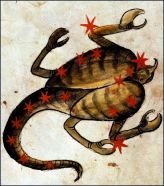
“Shining at the hinge of the year by the blazing turning-point which when recalled the Sun rounds in his course on high, the Crab occupies a joint of heaven and bends back the length of day. Of a grasping spirit and unwilling to give itself in service the Crab distributes many kinds of gain, and skill in making profits; he enables a man to carry his investment of foreign merchandise from city to city and, with an eye on steep rises in the price of corn, to risk his money upon sea-winds; to sell the world’s produce to the world, to establish commercial ties between so many unknown lands, to search out under foreign skies fresh sources of gain, and from the high price of his goods to amass sudden wealth. With heaven’s favor he also sells seasons of idleness at rates of interest to his liking, wishing the swift passage of time to add to the principal. His is a shrewd nature, and he is ready to fight for his profits.” [Astronomica, Manilius, 1st century AD, book 4, p.235.]
Most of the stars in Cancer are relatively obscure and rarely mentioned. However, the left claw holds the Arabic-named Acumen, which translates to ‘the Claw.’ Arabian astrologers also give this name to one of the Lunar Mansions. This should not be confused with two stars in Libra, named Zubenelgenubi, Zubeneshamali, the”Northern Claw” and Southern Claw respectively. The image above is from Recueil d’astronomie et de mathématiques. The primary interest of this painting is the positions of the stars that make up the constellation.
Below is the chart for the moment of the Summer Solstice 21 Jun 2023 7:58 am. Victoria, British Columbia. PDT +7:00 48°N25′ 123°W22′.
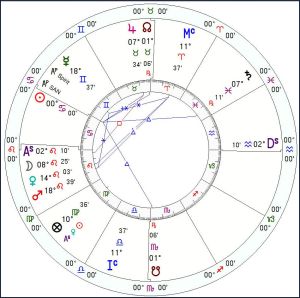 In a personal natal chart, the Ascendant and 1st house indicates the essential identity of the native. In traditional Mundane (world) astrology, a horoscope provides us with vital information regarding the collective or indeed the nation The Sun is the Ruler of the Ascendant. In this case he is diminished in the the 12th House and in aversion to .the people. Simply put: he cannot ‘see them.’
In a personal natal chart, the Ascendant and 1st house indicates the essential identity of the native. In traditional Mundane (world) astrology, a horoscope provides us with vital information regarding the collective or indeed the nation The Sun is the Ruler of the Ascendant. In this case he is diminished in the the 12th House and in aversion to .the people. Simply put: he cannot ‘see them.’
This is a diurnal chart. The Planetary Day and chart almuten is Mercury in Gemini in the Hour of Saturn. Of immediate interest is the Ascendant in the early degrees of Leo, with Moon, Venus and Mars. The Moon is rising in the 10th Lunar Mansion which spans 25 CN 42′ 51″ to 08 LE 34′ 17″.in the Tropical zodiac, The Arabic name of the Mansion is Al Jabhah, which means Lion’s Forehead. Importantly, the principal stars associated with this mansion are Regulus (alpha Leo), Algieba (gamma Leo), Adhafera (zeta Leo), and Al Jabhah (eta Leo). According to Ptolemy, the nature of Regulus is Mars and Jupiter, and the nature of Adhafera and Al Jabhah is Mercury and Saturn.
The Picatrix informs us that “:The tenth Mansion: “is Algebha and it is for the healing of illness and ease of childbirth in women. When the Moon has passed around to this Mansion, fashion [an image] from gold or latone (?) [of] the head of a lion, and above it write the name of the lord of this Mansion. Cense the image with amber, and say: You, Aredafir, lift up sadness, slowness and infirmity from my body and from the body of whomsoever consumes food or drink in which this seal has been placed. And whatever day you may have censed it, and it shall be carried to the sick [person] or the infirm [person] shall wash it with another substance to be consumed against illness or for women who have had a difficult birth . And know that the name of the lord of this Mansion is Aredafir.” (Picatrix: Liber Atratus Ed. Trans. John Michael Greer & Christopher Warnock. p. 14.
The Moon is indicative of the common people here and in this Mansion there is impetus for great courage and dignity. Note that these qualities are as it were an antidote to the Sun in the12th as discussed below.
Venus and Mars in Leo occupy the 11th Lunar Mansion. The principal stars originally associated with this mansion are Zosma (delta Leo) and Coxa (theta Leo) According to Ptolemy the nature of Zosma is Saturn and Venus.
The scenario presented in the chart is poignant on many levels. We have a situation where the Moon is in the Heart of the Lion with Regulus, one of the four Royal Stars of Persia, Regulus means ‘little King.’ The stellium on the Ascendant is exquisitely intricate.
Venus and Moon in the same same sign of Leo is a harmonious. But a pugnacious Mars is also in the mix. The latter does not tend to do well in the Lunar realm., but Mars will act on behalf of the values and aspirations of Venus and she is in the expansive decan of Jupiter, in the terms of Saturn and importantly sextile the MC, whilst Mars is the decan of Mars and the terms of Mercury, the chart almuten. This is a heady and passionate mix.
When we consider the Lord of the Ascendant in Cancer and in the 12th House, we find a curious mix of affinity and aversion. As noted, the Sun is greatly weakened by this position and relegated to a ‘behind the scenes’ role at best and deception at worst. William Lilly says of the 12th house: “It hath signification of private enemies ….sorrow, tribulation, imprisonments, all manner of affliction, self-undoing, &c., and of such men as maliciously undermine their neighbours, or inform secretly against them.” (Christian Astrology (1st ed. 1647). p.47. One might imagine a privileged aristocrat in the murky confines of the Bastille.
Mercury is in the House of the Good Spirit with the Part of Spirit. He is strong, vespertine, direct in his own domicile, free of the Sun Beams and sextile Mars. Mercury is free and able to communicate and as chart almuten is in a sense the soul of the matter. Quicksilver is in Promethean mode. The affect of air in concert with the fire of the Ascendant is not missed.
On the pivot of the 10th house, we find the Node, which has very recently and significantly shifted from Gemini to Taurus. The qualities of Jupiter in Taurus are amplified by his association with the Node which augers for conspicuous indulgence in high places. Meanwhile a weak Saturn in Pisces, retrograde and in the 8th house cats a ray to the beleaguered Sun. Saturn in the 8th in this case suggests that foreign debt and influence are of serious concern, as has become increasingly evident of late..
The end of the matter is found in the subterranean 4th house occupied by the South Node in martial Scorpio. This represents a serious challenge to the ruling class or government and we will see this play out quite spectacularly in the ensuing months. The theme is one of awakened memory, courage and revelation.
This charts is specific to the place for where it was cast. This is true to the extent that charts for the Summer Solstice set from different time zones will mean the elements of the horoscope will be in the houses determined by the Ascendant. However, many of the core themes do remain relevant no matter where the chart was cast.
Here’s wishing all my readers, friends, colleagues and clients a Blessed Solstice!

